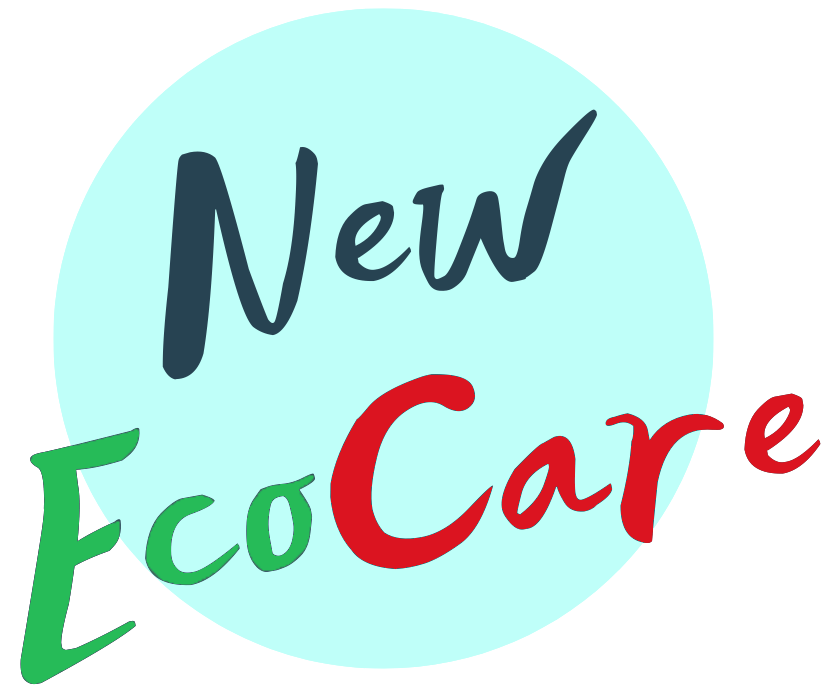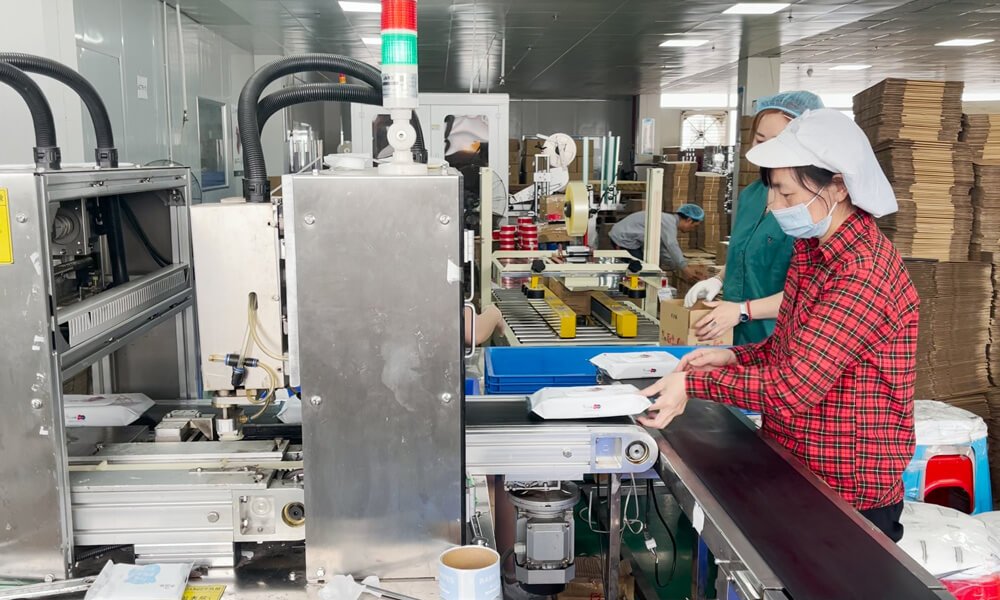El intrincado proceso de fabricación de toallitas húmedas refleja una sofisticada mezcla de ciencia de los materiales, ingeniería química y conocimiento del consumidor. A medida que profundizamos en cada aspecto de la producción, se hace evidente que este producto común es el resultado de un proceso complejo y cuidadosamente calibrado.
Índice
Introducción a la evolución de las toallitas húmedas
Antecedentes históricos
Las toallitas húmedas, desarrolladas originalmente como una solución sencilla para la higiene infantil, han experimentado una importante evolución. Inicialmente fabricadas con materiales básicos y de funcionalidad limitada, se han transformado en productos versátiles para una amplia gama de usos, desde la higiene personal hasta las aplicaciones industriales. Esta transformación pone de manifiesto una trayectoria innovadora impulsada por las necesidades de los consumidores y los avances tecnológicos.
Uso moderno y popularidad
En la sociedad contemporánea, las toallitas húmedas ya no se limitan al cuidado de los bebés. Su proliferación en diversos sectores, como la sanidad, la cosmética y la limpieza del hogar, pone de manifiesto su creciente popularidad. Esta aceptación generalizada se debe a su comodidad, eficacia y adaptabilidad a diversas necesidades.
Materiales básicos: La base de las toallitas húmedas
Tipos de tejidos utilizados
La selección del tejido es una decisión crítica en la fabricación de toallitas húmedas. Las telas no tejidas, preferidas por su suavidad, durabilidad y capacidad de absorción, van desde fibras naturales como el algodón y el bambú hasta sintéticas como la viscosa y el poliéster. Cada material aporta propiedades únicas que definen la funcionalidad de la toallita, ya sea para un cuidado suave en el caso de las toallitas para bebés o para una limpieza enérgica en el caso de las toallitas industriales.
El papel de los agentes hidratantes
Los agentes humectantes son fundamentales para definir las características de las toallitas húmedas. Suelen incluir agua como base, complementada con diversos aditivos como aloe vera para calmar, antisépticos para desinfectar o detergentes suaves para limpiar. La formulación de estos agentes se elabora cuidadosamente para garantizar la seguridad, la eficacia y una experiencia agradable para el usuario.
El proceso de fabricación: Guía paso a paso
Preparación de la tela no tejida
El primer paso en la producción de toallitas húmedas es la preparación de la tela no tejida. Este proceso incluye la elección de la composición de fibras adecuada y la formación de una estructura similar a una tela mediante métodos como el encaje hilado o el air-laid. El tejido resultante debe lograr un equilibrio entre la suavidad para la comodidad del usuario y la resistencia a la tracción para la durabilidad.
Impregnar el tejido con soluciones
La impregnación, el proceso de saturar el tejido con una solución hidratante, es fundamental. Este paso requiere maquinaria de precisión para garantizar que la solución se distribuya uniformemente por el tejido. El nivel de saturación se controla meticulosamente para garantizar una humedad óptima sin sobresaturación, lo que podría comprometer la integridad de la toallita.
Humectantes: Garantizar una humedad eficaz
Tipos de agentes humectantes
La elección de los agentes humectantes en las toallitas húmedas varía en función del uso previsto. Por ejemplo, las toallitas para bebés suelen contener agentes limpiadores suaves y humectantes para proteger la piel delicada, mientras que las toallitas desinfectantes pueden incluir alcohol u otros antimicrobianos para una higienización eficaz. La formulación de estos agentes es un delicado equilibrio entre eficacia y compatibilidad con la piel.
Equilibrio entre humedad y conservación
Mantener el nivel de humedad adecuado es esencial para la eficacia y longevidad de las toallitas húmedas. Esto implica no sólo seleccionar los agentes humectantes adecuados, sino también incorporar conservantes para evitar la proliferación microbiana. El reto consiste en garantizar que estos conservantes sean eficaces y, al mismo tiempo, seguros y no irritantes para la piel.
Envasado: Conservar la frescura y la higiene
Tipos de materiales de envasado
Mantener la humedad y proteger el producto de la contaminación son los principales consejos para el envasado de toallitas húmedas. Normalmente, las opciones incluyen envases de plástico, paquetes blandos resellables y bolsitas individuales, cada una de ellas adaptada a diferentes escenarios de uso y preferencias del consumidor.
Técnicas de sellado para mayor frescura
Un sellado eficaz es crucial para preservar la humedad y la higiene de las toallitas húmedas. Se emplean técnicas como el termosellado y los cierres adhesivos para garantizar un cierre hermético, que impida que las toallitas se sequen y las mantenga limpias e higiénicas para su uso.
Control de calidad y normas
Cumplimiento de la normativa
El cumplimiento de las normas reguladoras es un aspecto fundamental de la fabricación de toallitas húmedas. Estas normas, que varían según la región y el tipo de toallita, garantizan que los productos sean seguros para el consumidor y cumplan las directrices medioambientales. El cumplimiento implica rigurosos procesos de ensayo y certificación. Las normas establecidas por organismos como la FDA o EPA en Estados Unidos garantizan que las toallitas son seguras para el consumidor y responsables con el medio ambiente.
Pruebas de seguridad y eficacia
Los protocolos de ensayo de las toallitas húmedas abarcan diversos aspectos, como la irritación cutánea, la alergenicidad y la eficacia de los agentes limpiadores o antimicrobianos. Estas pruebas exhaustivas garantizan que las toallitas no solo son seguras para su uso, sino que también cumplen eficazmente su función prevista.

Consideraciones medioambientales en la producción de toallitas húmedas
Biodegradabilidad y sostenibilidad
Con el aumento de la conciencia medioambiental, ha cobrado impulso la tendencia hacia materiales biodegradables y sostenibles en la fabricación de toallitas húmedas. Este cambio implica explorar fibras naturales, desarrollar agentes humectantes biodegradables y aplicar procesos de fabricación que minimicen el impacto ambiental.
Innovaciones en fabricación ecológica
La innovación en la fabricación ecológica incluye el uso de materiales reciclados, la reducción del consumo de agua y energía y el desarrollo de toallitas compostables. El objetivo de estos esfuerzos es reducir la huella medioambiental de las toallitas húmedas y promover un consumo sostenible.
El futuro de las toallitas húmedas: Nuevas tendencias y avances
Avances tecnológicos
El futuro de la fabricación de toallitas húmedas está estrechamente ligado a los avances tecnológicos. Se prevé que la progresión de las toallitas húmedas se vea impulsada por los avances en el ámbito de la ciencia de los materiales, la integración de sistemas automatizados en la producción y la adopción de procesos de fabricación que armonicen con las preocupaciones medioambientales. Estos avances aumentarán la eficiencia, reducirán los costes y mejorarán la sostenibilidad de los productos.
Cambios impulsados por los consumidores
Las preferencias de los consumidores influyen mucho en el futuro de las toallitas húmedas. Tendencias como la creciente demanda de ingredientes naturales y ecológicos, envases respetuosos con el medio ambiente y toallitas adaptadas a aplicaciones específicas influyen en la dirección del desarrollo de productos y las estrategias de marketing.
Conclusión: El mundo en constante evolución de las toallitas húmedas
La fabricación de toallitas húmedas abarca una compleja interacción de selección de materiales, procesos de producción, control de calidad y consideraciones medioambientales. Cada aspecto de este proceso contribuye a crear un producto que satisface las diversas necesidades y expectativas de los consumidores.
A medida que la industria de las toallitas húmedas sigue evolucionando, siempre existe el reto de equilibrar las demandas de los consumidores con la responsabilidad medioambiental. Las innovaciones en materiales y procesos de fabricación, junto con el cumplimiento de las normas de calidad y reglamentación, serán fundamentales para configurar el futuro de esta dinámica industria. La continua evolución de las toallitas húmedas es un reflejo de nuestro mundo cambiante, donde la comodidad, la seguridad y la sostenibilidad están cada vez más entrelazadas.

